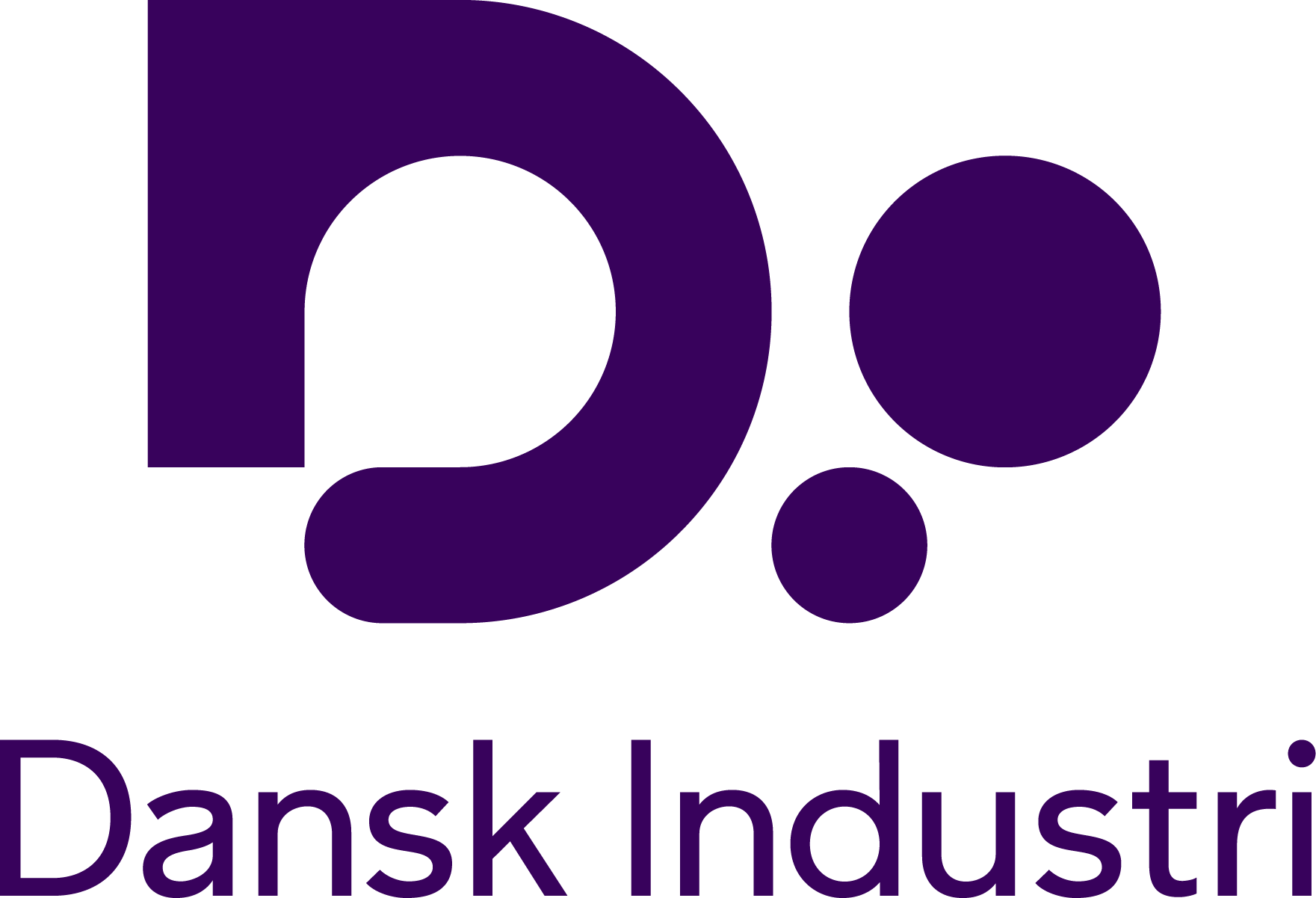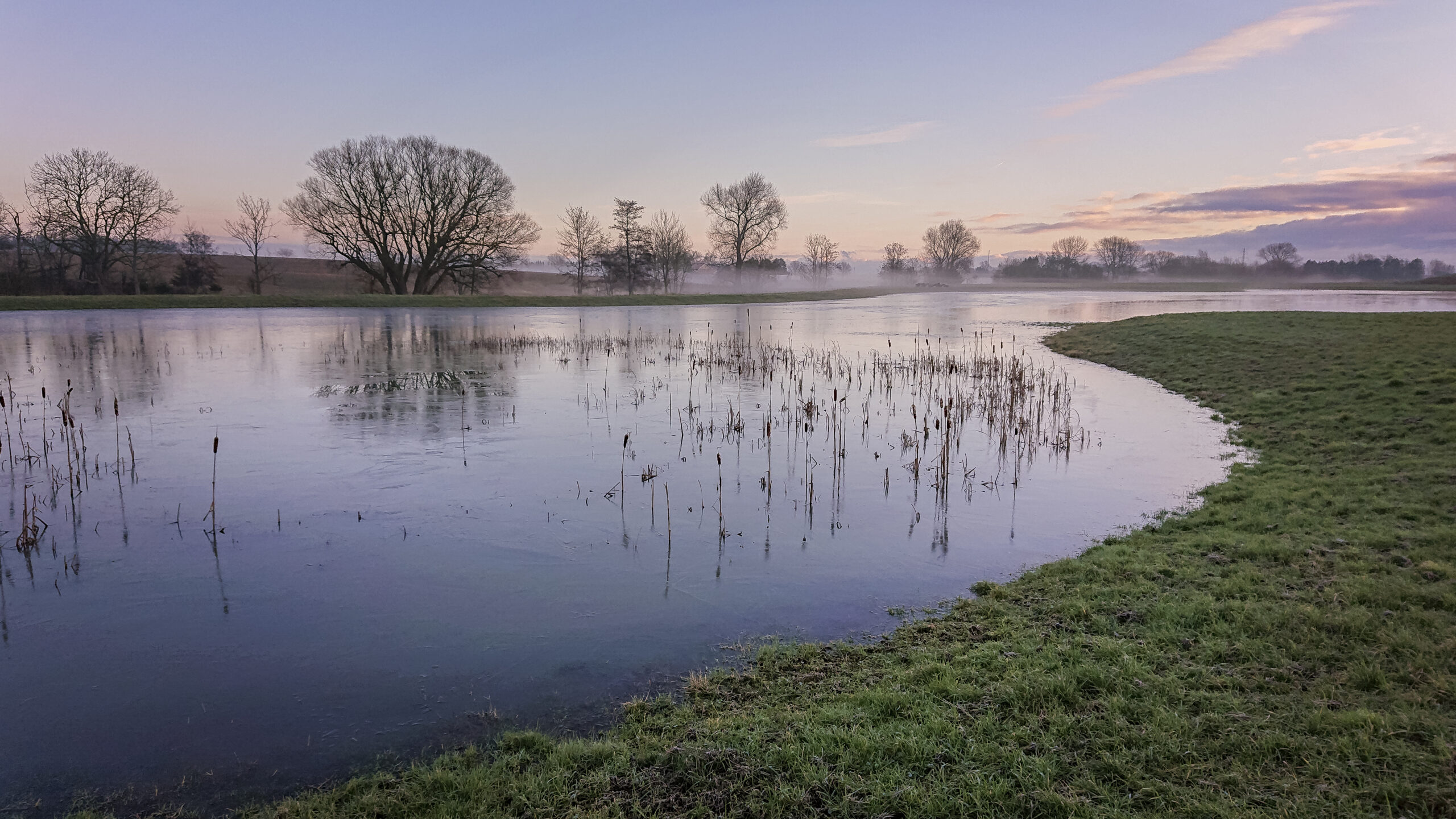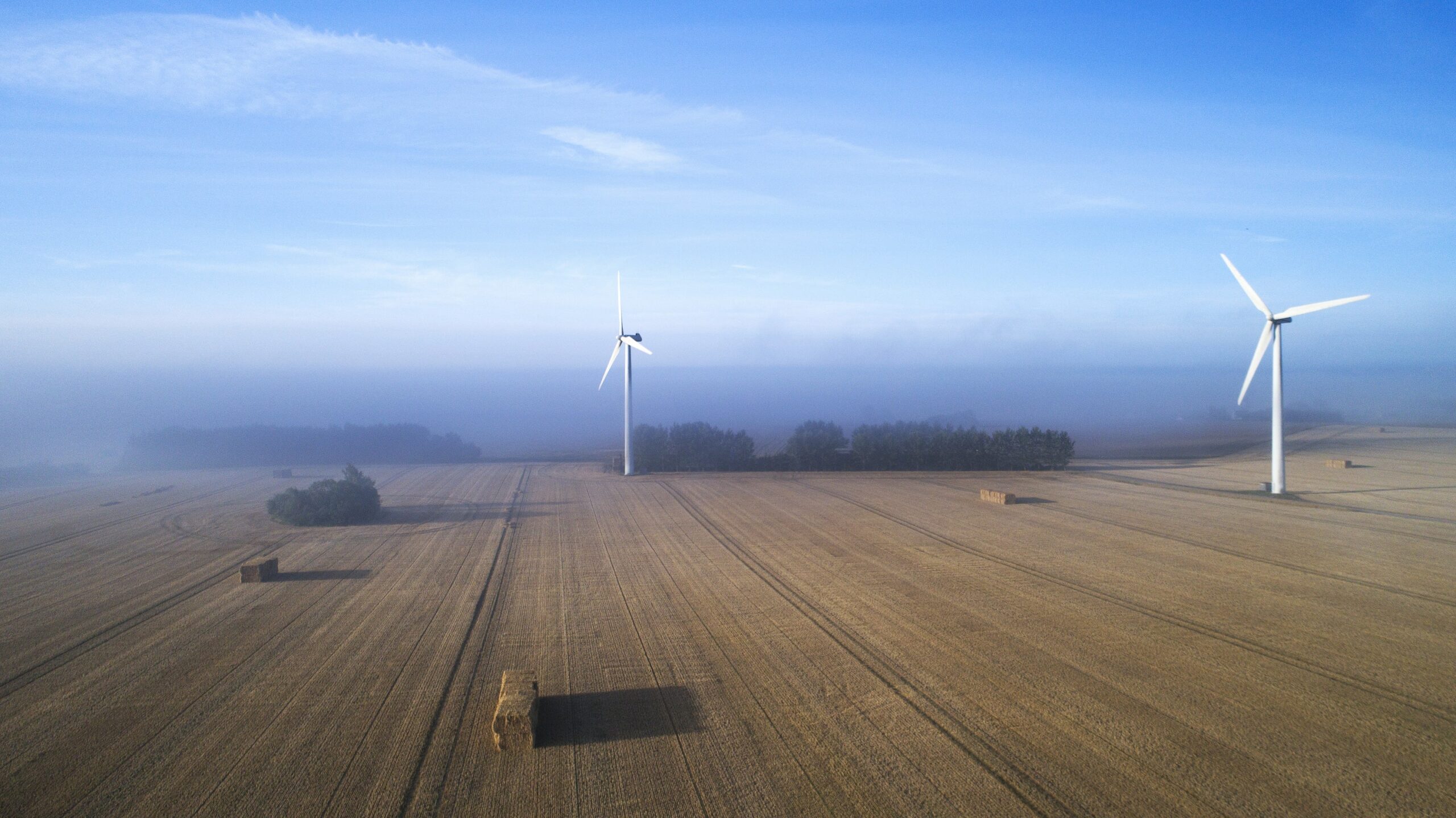News
Biomass
Resource efficient production
Waste-to-energy
Danes Turn Whisky into Energy


The Danish company Aalborg Energie Technik is responsible for a combined heat and power plant in the middle of the Northern Scottish highlands. It produces power and heat through the incineration of 115,000 tonnes mask – a by-product from the many local whisky distilleries.
The combined heat and power plant is only one of twenty plants delivered by the company to foreign locations.
- Each plant has been adapted to the given local conditions. In Scotland's case, the mask has to be dried before it can be incinerated which is why we have delivered a plant for drying that uses the surplus heat from the energy production, explains the Manager Hans Erik Askou.
In addition to the plant in Scotland, Aalborg Energie Technik has also delivered power plants to countries like France, England, Italy, Austria and, last but not least, Germany, which is the country that the company originally started focusing on.
- Our first plant in Germany was made in a consortium with the German company Siemens. And when we started out, our main focus was to a great extend Germany which our company’s name also indicates. We have only been responsible for two plants in Denmark; one located in the city of Randers and one in Rønne, on the island of Bornholm – in both cases, we turned coal-fired power stations into biomass-fired combined heat and power plants, explains Hans Erik Askou.
- Related news: German Delegation Explores Danish Heating and Biomass Solutions
Many smaller sized companies
Aalborg Energie Technik is far from the only company to ensure Danish export of bioenergy. 1,200 Danish companies work either entirely or in part with bioenergy. Combined, they have a turnover of DKK 25 billion related to bioenergy, they are responsible for 11,500 jobs, and they export for DKK 8 billion. Those are the figures from a mapping of the bioenergy cluster in Denmark which DI Bioenergy, FORCE Technology, and Innovation Network for Biomass (INBIOM) are responsible for.
- There is a tendency to forget bioenergy when talking about the green transition. The mapping highlights bioenergy as greatly important to Denmark – both in relation to employment and export, says Troels Ranis, the Industry Manager at DI Energy which DI Bioenergy is a part of.
This is the first time that the cluster of bioenergy’s effect on economic activity in Denmark has been made up. It highlights the cluster as the next-biggest exporter of green energy technology, the biggest being wind energy.
Related news: DONG Energy to Stop All Use of Coal by 2023
- The industry is made of a significant number of small and medium-sized companies. There are not giants like, for instance, Vestas in the wind energy sector. For that reason, you might not take as much notice of the industry's impact, says Troels Ranis.
In order to secure the strong position, the development of technological solutions within bioenergy needs to continue, says the Industry Manager:
- The companies currently have a strong position in the export market. If we are to maintain and develop that position, it requires constant research and development within bioenergy.
Related news: Bornholm Combines Biomass, Wind and Solar
The combined heat and power plant in In the city of Rothes in Spevside, in Scotland. Photo: Confederation of Danish Industry
Room for more
At Aalborg Energie Technik, Hans Erik Askou expects that the future will bring even more economic growth to the company:
- In 2016, we had a turnover of DKK 440 million. This gave us an increase of 70 percent from the previous year, and this year we expect to see the numbers grow by an additional 50 percent, says the Manager.
The company has also increased the number of employees from 100 in 2015 to 150 in 2016, and the order books could support an additional 50 employees. However, the manager hesitates a bit:
- Such quick expansions are not without expenses. Giving new employees the requisite they need requires a lot from the people employed. We do, however, want to employ more foreigners – especially those with a background in the countries we export to, says Hans Erik Askou.
- Related news: New EUDP-Strategy: Danish Projects Must Draw on Global Demand
He hopes that politicians will secure a stabile rate in relation to the framework conditions of bioenergy:
- We cannot compete with the prices of fossil fuels, which is why we need a stabile rate surrounding the subsidy schemes that investors can count on.
You should consider reading
publications
Resource efficient production
+15















